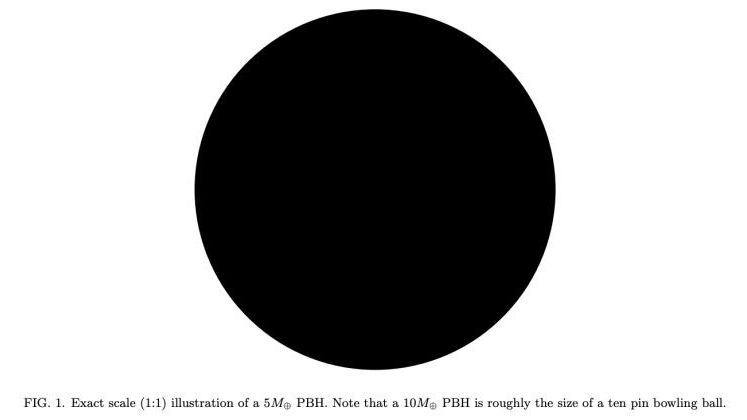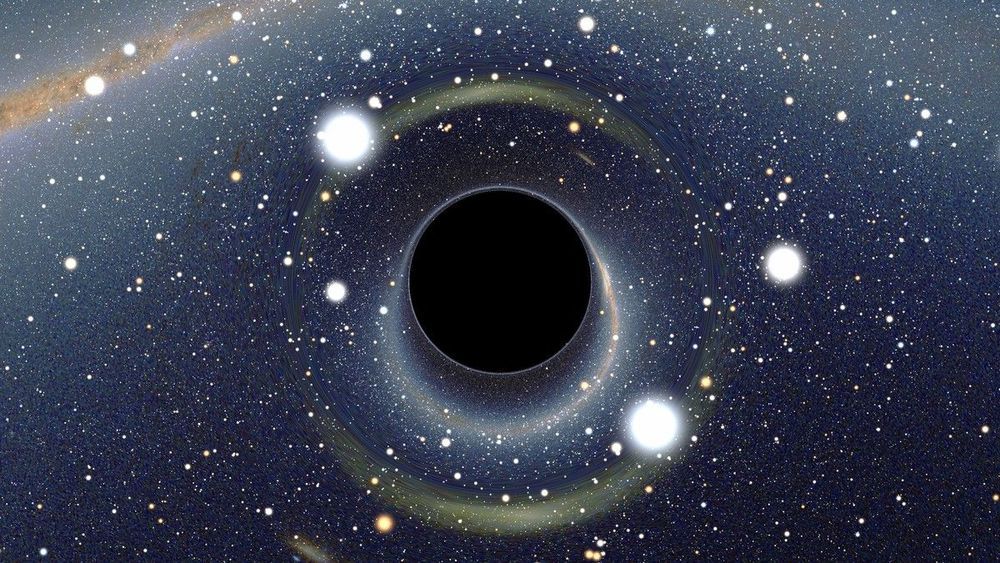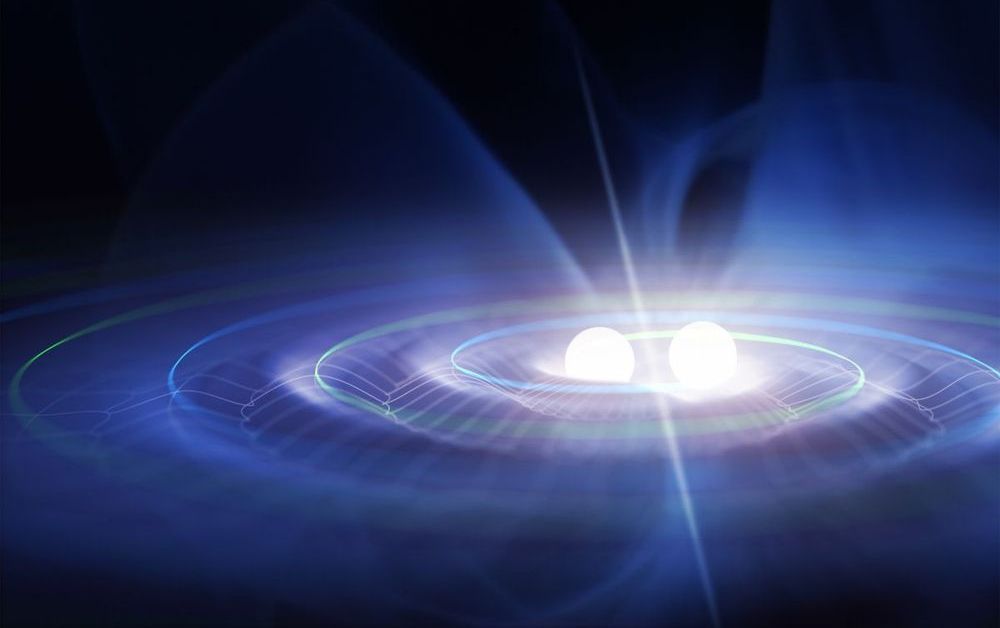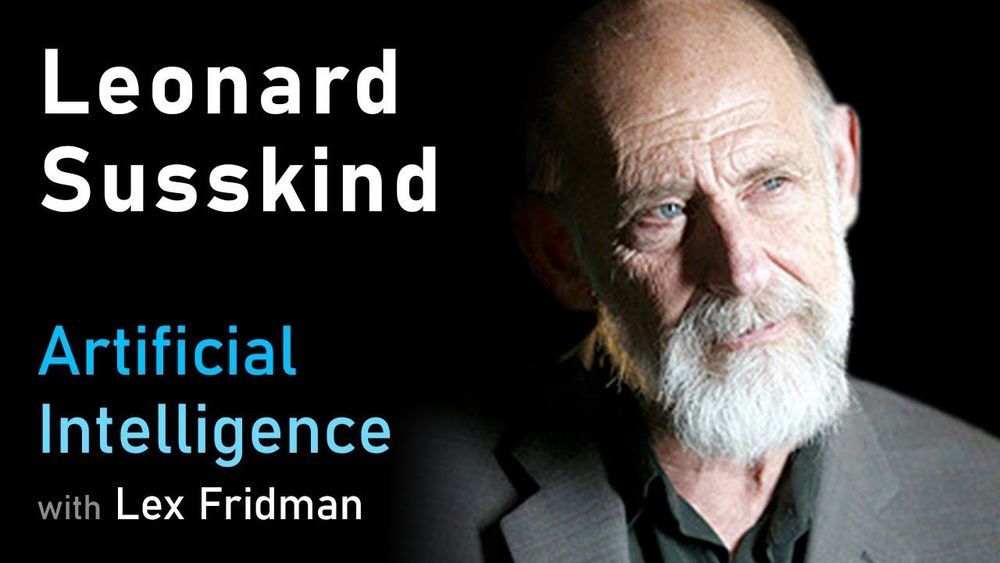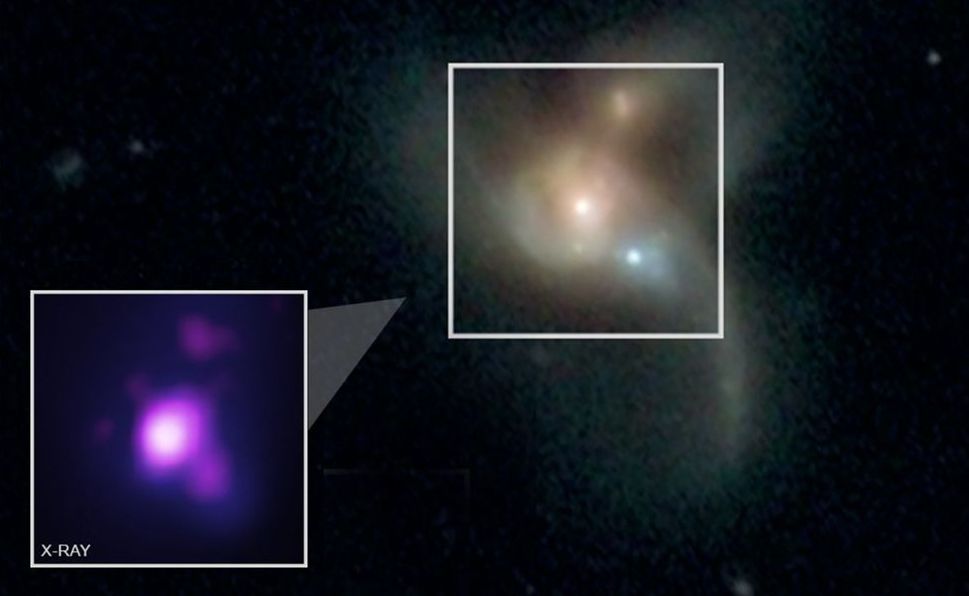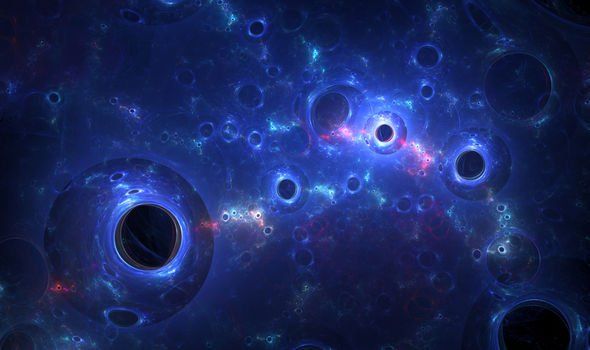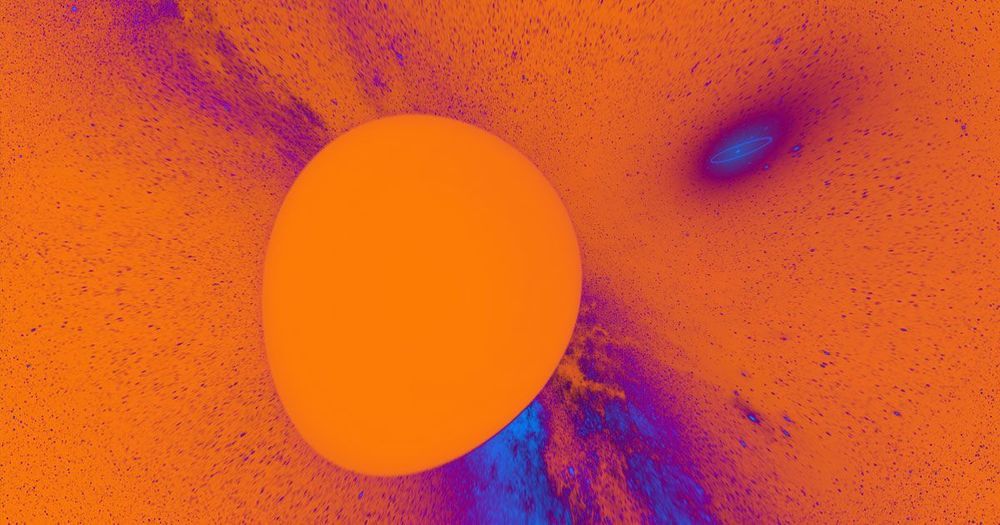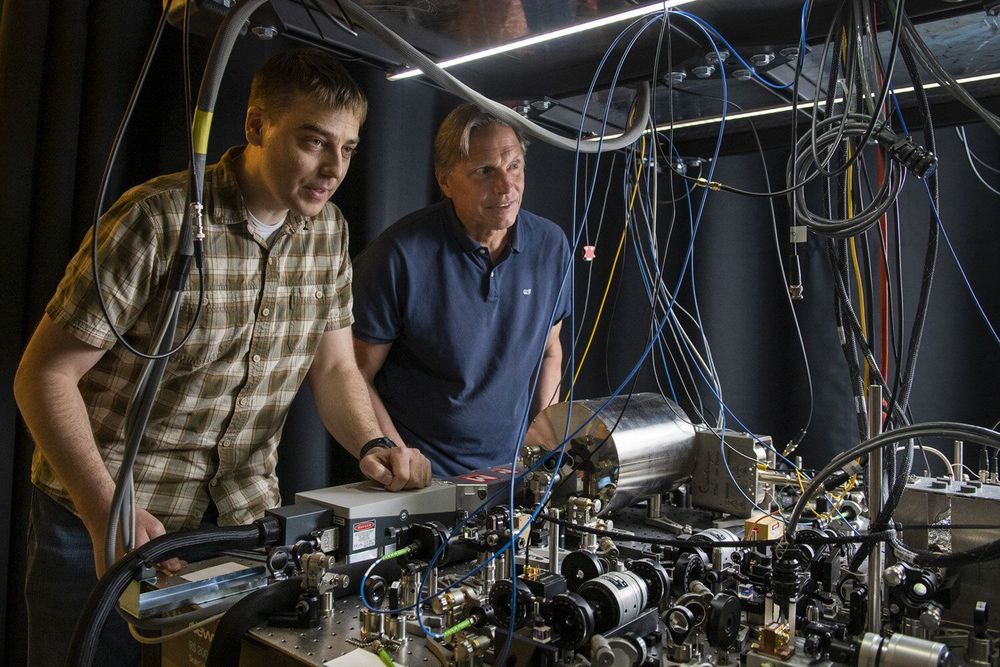Some of the most distant rocks in our solar system act in a way that suggests there’s some massive object out there we haven’t been able to see. A planet? Maybe. But why not a small black hole?
That’s a scenario a pair of scientists describe in a new paper. Of course, they recognize that a planet is more likely than an ancient black hole unlike any we’ve directly observed. But they simply want astronomers to think creatively while hunting for whatever this hypothetical object, often called Planet Nine, might be.
